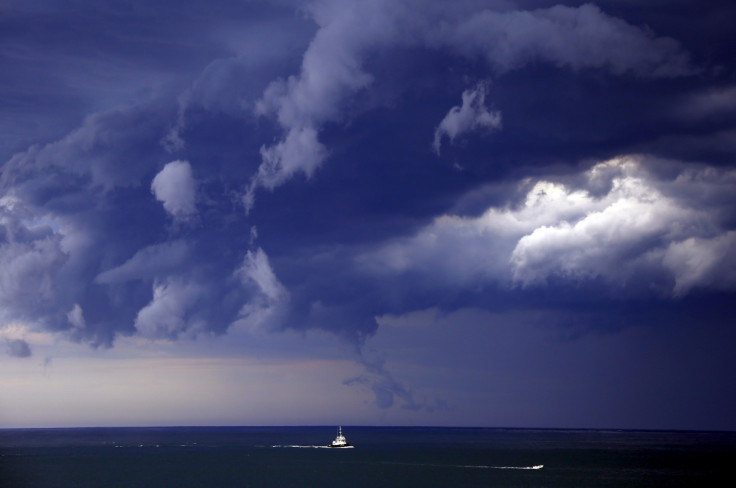Particles one-thousandth the width of a human hair are causing large and powerful storms
These particles, known as aerosols, are the result of urban and industrial pollution, wildfires and other sources.

A new study, published in the journal Science, has revealed how tiny particles found in the atmosphere have a much larger influence on powerful storms and weather than previously thought.
These particles, known as aerosols, are the result of urban and industrial pollution, wildfires and other sources.
Scientists have known that aerosols play a role in shaping weather and climate, but the new research sheds light on how particles one-thousandth the width of a human hair can cause storms to intensify, clouds to increase in size and more rain to fall.
"We showed that the presence of these particles is one reason why some storms become so strong and produce so much rain," said Jiwen Fan from the US Department of Energy's Pacific Northwest National Laboratory, lead author of the study.
"In a warm and humid area where atmospheric conditions are otherwise very clean, the intrusion of very small particles can make quite an impact."
An international team of scientists led by Fan observed for the first time how tiny particles measuring less than 50 nanometres across can feed powerful updrafts of air from the Earth's surface up into the atmosphere, creating clouds and subsequently rain.
They also found that when larger particles aren't present in the atmosphere during warm and humid environments, these aerosols could have a powerful impact on storm clouds – producing stronger storms with more ice, snow, lightning or rain.
"We've shown that under clean and humid conditions, like those that exist over the ocean and some land in the tropics, tiny aerosols have a big impact on weather and climate and can intensify storms a great deal," Fan said.
"More broadly, the results suggest that from pre-industrial to the present day, human activity possibly may have changed storms in these regions in powerful ways."





















